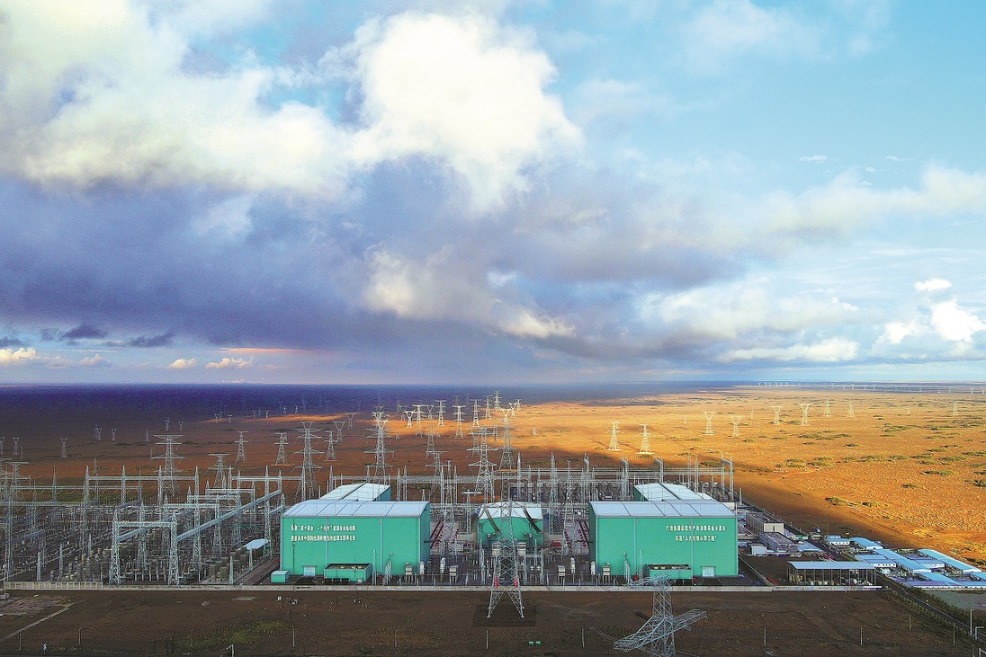Chinese researchers use new material to clean water


SHANGHAI - A new composite material developed by a group of Chinese researchers has proved highly effective in cleaning water contaminated by organics.
During the past month, the composite material, a mixture of black titania and three-dimensional (3D) tubular graphene, was used to clean a 40,000-square-meter area of water in east China's Shanghai, Anhui, and Jiangsu as part of a pilot scheme.
Excessive organics, such as ammonia and nitrogen, can consume a large amount of oxygen in the water and generate stinky substances that kill aquatic life. Without human intervention, sunlight can naturally degrade organics to water and carbon dioxide, but the process requires months to years, depending on different degrees of pollution.
Results of the trial showed that the material, which accelerates the process, can significantly improve water quality within two weeks, said Huang Fuqiang, chief researcher at the Shanghai Institute of Ceramics of Chinese Academy of Sciences.
Black titania serves as an efficient visible-light catalyst, while the 3D graphene can "catch" organics, Huang said.
The material was used in two parks in Shanghai, where lakes suffered excessive organics caused by the accumulation of fallen leaves. Residents often complained about dead fish floating on the lakes.
Monitoring data showed indexes such as chemical oxygen demand, ammonia and nitrogen levels, and phosphorus levels improved seven days after use.
Excessive organics can also be caused by discharge of wastewater generated by families and agricultural and industrial production.
- Chinese researchers release Tianshan watershed streamflow dataset
- Three dead, seven missing after landslide in Xizang
- PLA warships engage in live combat drills
- Famous food delivery poet gets opportunity to reach more readers
- Former vice-chairman of Central Military Commission dies
- Chinese medical workers perform first cerebral angiography procedure in Burkina Faso





































